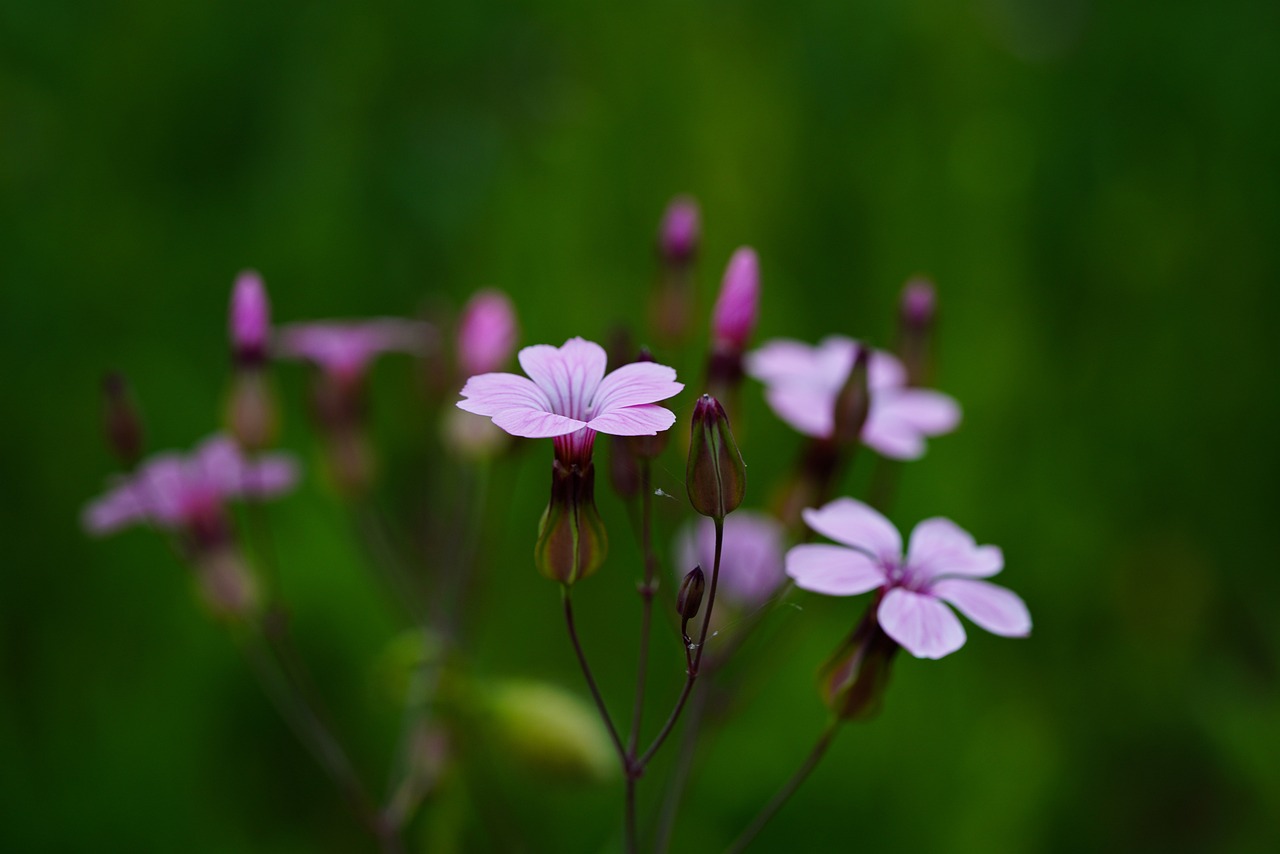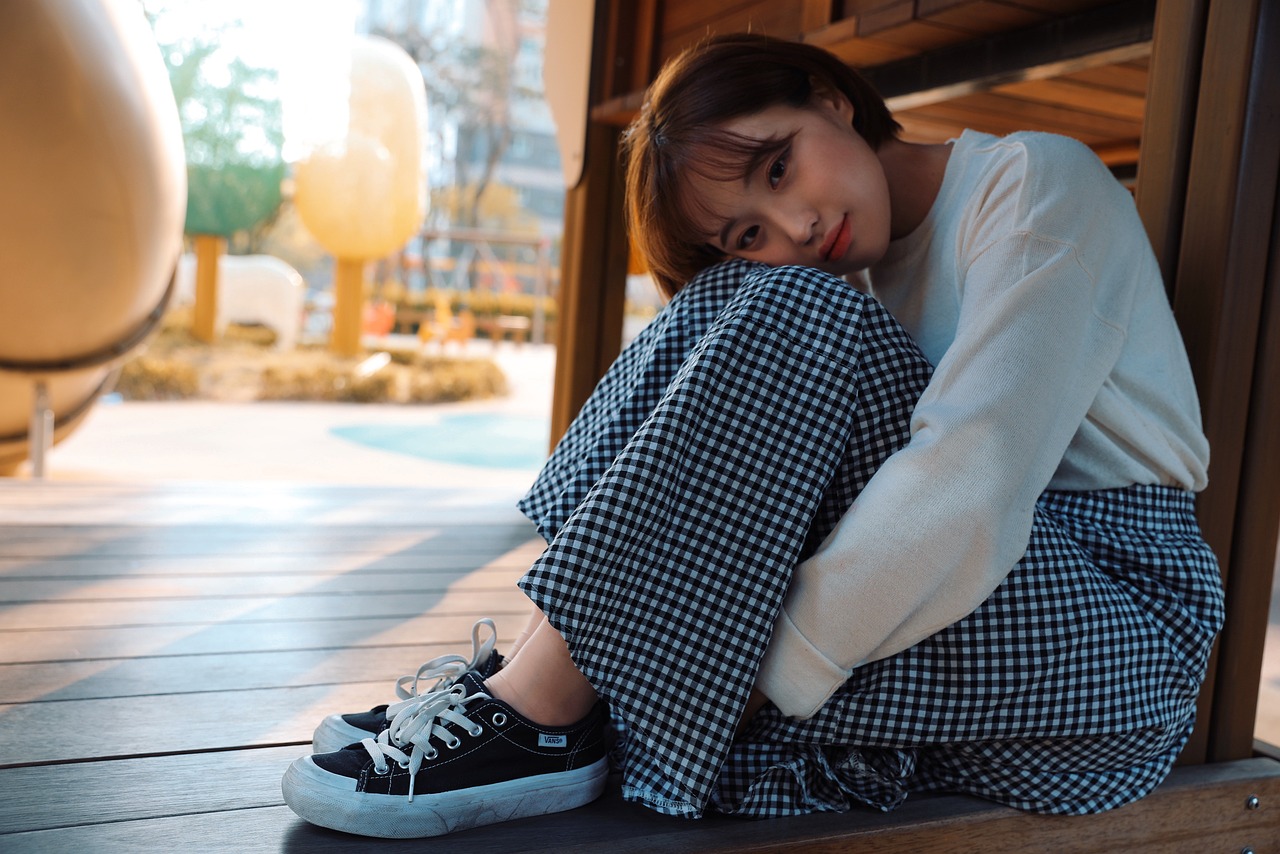South Korea Video
Exploring Local Arts and Hobbies in South Korea
South Korea is a country rich in culture and tradition. From its vibrant art scene to its unique hobbies, there is something for everyone to explore and enjoy in this fascinating country. In this article, we will delve into various local arts and hobbies that you can experience during your visit to South Korea.
Traditional Korean Dance
Traditional Korean dance is a captivating art form that has been passed down through generations. It showcases the grace, elegance, and storytelling of Korean culture. Some popular traditional Korean dances include the fan dance, drum dance, and the mask dance. These dances often depict historical events, myths, and legends. Attending a traditional Korean dance performance is a must for anyone interested in experiencing the country’s rich cultural heritage.
- Fan Dance: The fan dance is a traditional Korean dance that uses colorful fans as props. The dancers gracefully move their fans in sync with the music, creating mesmerizing patterns and formations.
- Drum Dance: The drum dance is a dynamic and energetic dance that incorporates traditional Korean drums. Dancers showcase their agility and coordination while playing the drums and performing intricate dance moves.
- Mask Dance: The mask dance is a traditional Korean dance that involves performers wearing colorful masks. Each mask represents a different character or personality, and the dancers bring these characters to life through their movements and expressions.
The fan dance is often performed during special occasions and festivals, and it symbolizes joy, happiness, and prosperity.
This dance is known for its rhythmic beats and powerful movements, and it is often performed to celebrate important events and milestones.
This dance is often accompanied by traditional music and storytelling, making it a unique and entertaining experience.
South Korean Traditional Music
Traditional Korean music, known as “gugak,” is a beautiful and melodic art form that has been cherished for centuries. It encompasses various genres, including instrumental music, vocal music, and court music. Gugak performances often feature traditional Korean instruments such as the gayageum (a zither-like instrument), the daegeum (a large bamboo flute), and the janggu (a double-headed drum).
- Gayageum: The gayageum is a traditional Korean string instrument that has a delicate and soothing sound. It is played by plucking the strings with a bamboo stick or the bare fingers. Gayageum performances can range from solo performances to ensemble pieces.
- Daegeum: The daegeum is a large bamboo flute that produces a deep and resonant sound. It is played by blowing air into the instrument and controlling the pitch and tone with finger movements. Daegeum performances are often accompanied by other traditional Korean instruments.
- Janggu: The janggu is a traditional Korean drum that has a unique hourglass shape. It is played by striking the two drumheads with wooden sticks. Janggu performances are known for their dynamic rhythms and lively beats.
The instrument is known for its versatility and is often featured in traditional Korean music concerts and performances.
The daegeum is considered one of the most representative instruments of Korean traditional music.
The janggu is a versatile instrument that can be found in various traditional Korean music ensembles.
Calligraphy and Hanbok
Calligraphy and Hanbok are two traditional arts that showcase the beauty and elegance of Korean culture.
- Calligraphy: Calligraphy, known as “seoye,” is the art of writing Korean characters with a brush and ink. It requires precision, control, and a deep understanding of the characters’ structure and strokes. Calligraphy is often practiced as a form of meditation and self-expression.
- Hanbok: Hanbok is the traditional Korean attire that reflects the country’s rich history and cultural identity. It consists of a jeogori (a jacket) and a chima (a skirt) for women, and a jeogori and baji (pants) for men. Hanbok is known for its vibrant colors, intricate embroidery, and graceful silhouette.
Many calligraphy artists in South Korea offer workshops and classes where visitors can learn the basics of this ancient art form.
Visitors can rent Hanbok and wear it while exploring historical sites or attending cultural events, allowing them to immerse themselves in the traditional Korean experience.
Traditional Crafts
South Korea is renowned for its traditional crafts, which are deeply rooted in the country’s history and craftsmanship. These crafts reflect the skill and creativity of Korean artisans and are cherished as valuable cultural assets.
- Celadon Pottery: Celadon pottery, known as “cheongja,” is a type of ceramic art that originated in Korea during the Goryeo Dynasty. It is characterized by its distinct green color and intricate patterns. Celadon pottery pieces often feature delicate engravings and inlaid designs.
- Hanji Paper Crafts: Hanji is traditional Korean paper made from mulberry bark. It is known for its durability and versatility. Hanji paper is used in various crafts such as lantern-making, bookbinding, and paper folding. Hanji crafts showcase the beauty and versatility of this unique paper.
- Traditional Woodcrafts: Traditional Korean woodcrafts, known as “mokjang,” encompass various techniques such as lacquerware, wood carving, and furniture making. These crafts showcase the intricate detailing and fine craftsmanship of Korean artisans.
Visiting a celadon pottery workshop or museum allows you to witness the craftsmanship behind this traditional art form and even try your hand at creating your own piece.
Many workshops offer hands-on experiences where visitors can learn the art of Hanji paper crafts and create their own masterpieces.
Visiting a traditional woodcraft gallery or workshop allows you to appreciate the beauty and skill behind these timeless creations.
South Korean Martial Arts
South Korea is home to several traditional martial arts that have been practiced for centuries. These martial arts reflect the discipline, strength, and philosophy of Korean culture.
- Taekwondo: Taekwondo is one of the most well-known Korean martial arts worldwide. It emphasizes fast and powerful kicks, punches, and blocks. Taekwondo training not only focuses on physical strength and self-defense but also cultivates mental discipline and respect.
- Hapkido: Hapkido is a comprehensive martial art that incorporates joint locks, throws, strikes, and pressure point attacks. It emphasizes redirecting an opponent’s energy and using their force against them. Hapkido training enhances self-defense skills and promotes balance and harmony.
- Gumdo: Gumdo, also known as Korean swordsmanship, is the art of traditional Korean sword fighting. It focuses on the precise and controlled movements of the sword. Gumdo training cultivates discipline, focus, and mental clarity.
Many martial arts schools in South Korea offer Taekwondo classes for visitors of all ages and skill levels.
Visitors can find Hapkido schools and dojangs (training halls) where they can learn the techniques and principles of this martial art.
Many martial arts centers in South Korea offer Gumdo classes for individuals interested in experiencing the elegance and skill of Korean swordsmanship.
South Korea Image 1:

Traditional Korean Games
Traditional Korean games provide a fun and interactive way to experience the country’s cultural heritage. These games have been played for centuries and are still enjoyed by people of all ages.
- Yutnori: Yutnori is a traditional board game that involves rolling four wooden sticks and moving tokens across the board. It requires strategy and luck, making it an exciting and competitive game.
- Jegichagi: Jegichagi is a traditional Korean game that involves kicking a small shuttlecock-like object called a jegi. The goal is to keep the jegi in the air using various kicking techniques. Jegichagi promotes agility, coordination, and teamwork.
- Neolttwigi: Neolttwigi is a traditional Korean seesaw game that requires two people to jump on opposite ends of a long wooden plank. The goal is to propel the person on the other end into the air. Neolttwigi showcases strength, balance, and teamwork.
Yutnori is often played during traditional Korean holidays and festivals, and it is a popular pastime for families and friends.
Many parks and recreational areas in South Korea have designated spaces for jegichagi, allowing visitors to try their hand at this entertaining game.
Visitors can often find neolttwigi setups in traditional Korean villages or cultural centers, providing a unique opportunity to experience this traditional game.
South Korean Food Art
In South Korea, food is not just about taste but also about visual appeal. Food art, known as “mukbang,” has gained popularity in recent years. Mukbang involves live-streaming or recording videos of people eating large quantities of food while interacting with their audience.
- Bibimbap: Bibimbap is a popular Korean dish that consists of rice topped with various vegetables, meat, and a fried egg. The colorful arrangement of the ingredients in a bowl creates an aesthetically pleasing presentation.
- Kimbap: Kimbap is a Korean dish that resembles sushi but with different fillings. It consists of rice, vegetables, and meat wrapped in seaweed. Kimbap is often sliced into bite-sized pieces, showcasing its vibrant colors and intricate patterns.
- Bingsu: Bingsu is a popular Korean dessert that features shaved ice topped with various sweet toppings such as fruit, condensed milk, and sweet red bean paste. The colorful arrangement of the toppings on the fluffy shaved ice creates a visually appealing dessert.
Many restaurants in South Korea serve bibimbap, allowing visitors to enjoy not only its delicious flavors but also its visual appeal.
Kimbap is a popular snack in South Korea and can be found in street food stalls, markets, and restaurants.
Bingsu cafes can be found throughout South Korea, offering a wide variety of flavors and toppings to satisfy any sweet tooth.
South Korea Image 2:

South Korean Film and Drama
South Korea has gained international recognition for its film and drama industry, known as “Hallyu” or the Korean Wave. Korean films and dramas captivate audiences with their compelling storytelling, talented actors, and unique cinematography.
- Korean Films: Korean films cover a wide range of genres, including historical dramas, romantic comedies, and action thrillers. Many Korean films have received critical acclaim and international awards, making them a must-watch for film enthusiasts.
- Korean Dramas: Korean dramas, also known as K-dramas, have gained a massive following around the world. These dramas often feature intricate storylines, compelling characters, and beautiful filming locations. K-dramas cover various genres, including romance, historical, and fantasy.
- Korean Film and Drama Locations: Many film and drama locations in South Korea have become popular tourist destinations. Visitors can explore the iconic filming spots and relive their favorite scenes.
Visitors can enjoy Korean films at local cinemas or film festivals, immersing themselves in the captivating world of Korean cinema.
Many K-dramas are available with subtitles, allowing international viewers to enjoy the captivating stories and performances.
From historical palaces to picturesque neighborhoods, these locations offer a glimpse into the world of Korean film and drama.
South Korean Festivals
South Korea is known for its vibrant and lively festivals, which celebrate various aspects of Korean culture and traditions. These festivals offer a unique opportunity to immerse yourself in the local arts and hobbies of the country.
- Boryeong Mud Festival: The Boryeong Mud Festival takes place in the city of Boryeong and is known for its mud-related activities such as mud wrestling, mudslides, and mud painting. This festival attracts both locals and international visitors who come to enjoy the fun-filled events and experience the benefits of the mineral-rich mud.
- Andong Mask Dance Festival: The Andong Mask Dance Festival showcases various traditional mask dances from different regions of Korea. Visitors can witness captivating performances, participate in mask-making workshops, and immerse themselves in the vibrant atmosphere of this unique festival.
- Jinju Lantern Festival: The Jinju Lantern Festival takes place in the city of Jinju and commemorates the historical Jinju Siege. The festival features thousands of lanterns floating on the Namgang River, along with cultural performances, lantern-making contests, and traditional games.
South Korea Image 3:

Conclusion
Exploring local arts and hobbies in South Korea offers a unique opportunity to immerse yourself in the country’s rich cultural heritage. From traditional dances and music to martial arts, crafts, and festivals, there is so much to discover and experience. Whether you’re interested in attending a traditional Korean dance performance, trying your hand at calligraphy, or enjoying the visual appeal of food art, South Korea has something for everyone. By engaging in these local arts and hobbies, you can gain a deeper understanding of Korean culture and create lasting memories of your visit to this captivating country.
References
– Visit Korea: www.visitkorea.or.kr
– Korea Tourism Organization: www.kto.or.kr
– Korea.net: www.korea.net
– Korea JoongAng Daily: www.koreajoongangdaily.joins.com
– Korea Herald: www.koreaherald.com
– Arirang TV: www.arirang.com


